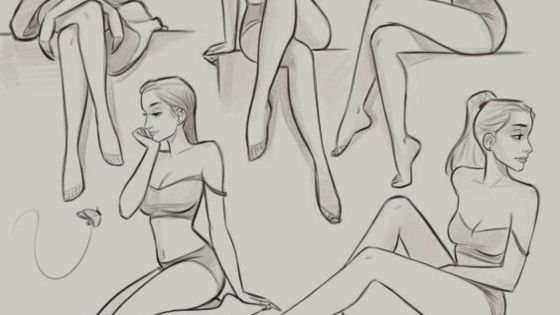Drawing body poses step by step can be a challenging task for many artists, especially those who are just starting out. However, with practice and understanding of the basics, anyone can learn to draw dynamic and realistic body poses. In this article, we will explore the different techniques and resources that can help you improve your figure drawing skills and create stunning artwork.
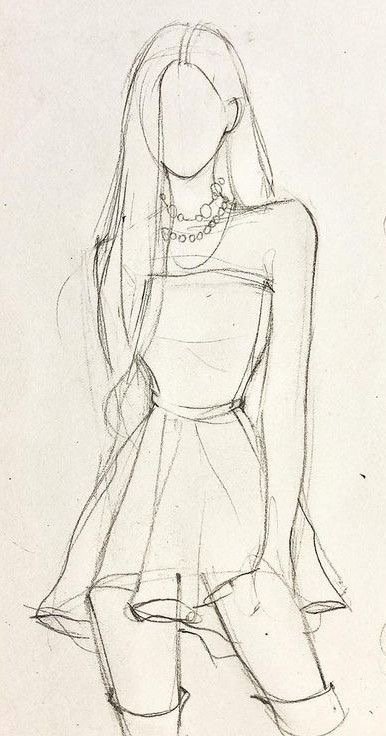
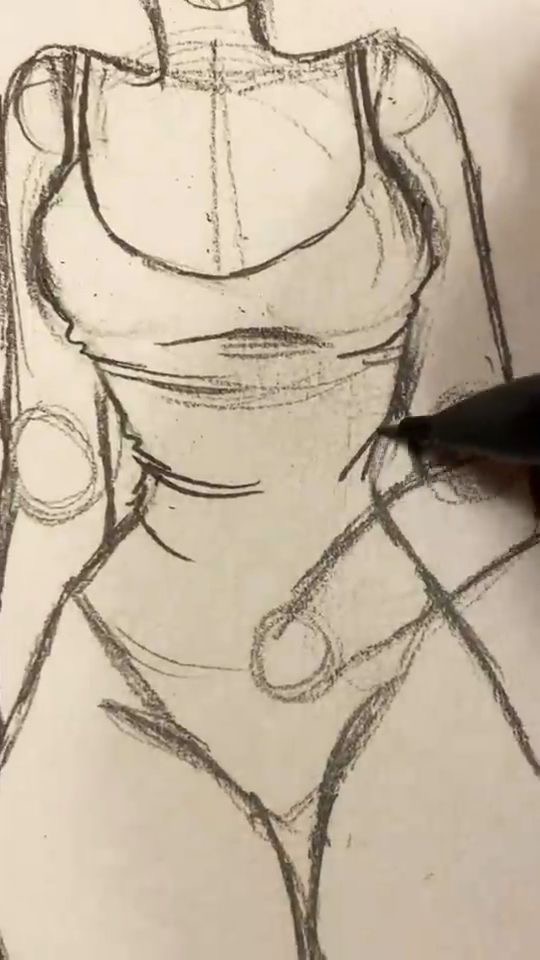
Understanding the Basics of Drawing is essential when it comes to drawing body poses. This includes learning about human body proportions, drawing individual body parts, and practicing gesture drawing and dynamic poses. Anatomy drawing and shading techniques can also help you create more realistic and detailed figures. By using references and resources, such as books and online tutorials, you can further improve your skills and gain inspiration for your artwork.
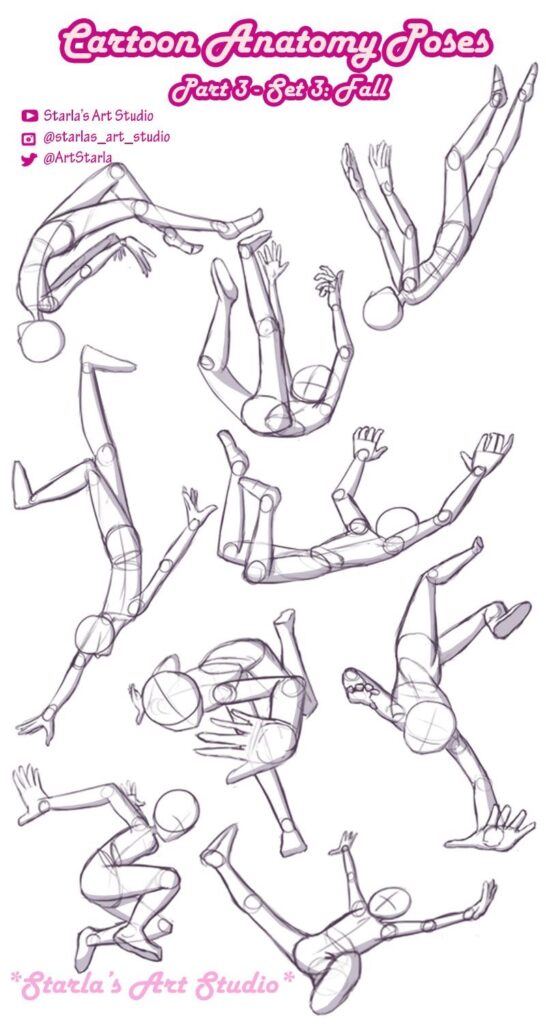
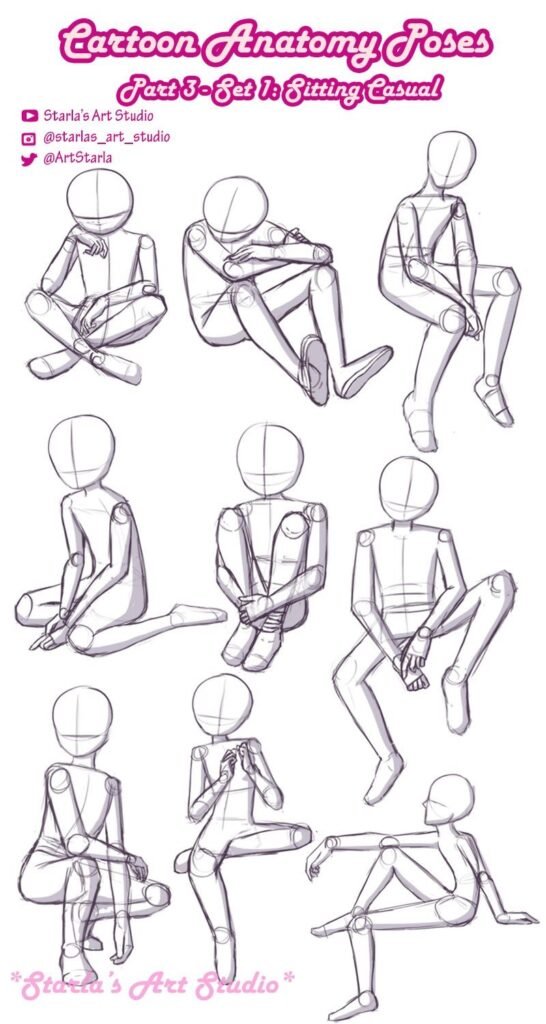
Key Takeaways:
- Understanding the basics of drawing is essential for drawing body poses.
- Practicing gesture drawing and dynamic poses can help you create more realistic and dynamic figures.
- Using references and resources can further improve your skills and inspire your artwork.
Understanding the Basics of Drawing
Drawing is an art form that requires practice and patience to master. To become proficient in drawing body poses, one must first understand the basics of drawing. This section will cover the fundamental concepts that every artist needs to know to produce accurate and compelling drawings.
One of the most important aspects of drawing is the use of basic shapes. By breaking down the human body into simple shapes, such as circles, squares, and triangles, an artist can create a foundation for their drawing. These shapes can be used to create a rough sketch of the pose, which can then be refined and detailed over time.
Another important aspect of drawing is the use of a sketchbook. A sketchbook is a place where an artist can practice and experiment with different techniques and styles. By using a sketchbook, an artist can build their confidence and improve their skills over time.


Confidence is also an essential component of drawing. It is important to remember that every artist starts somewhere, and that mistakes are a natural part of the learning process. By embracing their mistakes and continuing to practice, an artist can build their confidence and improve their skills.
Overall, understanding the basics of drawing is essential for any artist looking to create compelling body poses. By using basic shapes, practicing in a sketchbook, and building their confidence, artists can develop their skills and create stunning works of art.
Human Body Proportions
When drawing the human body, understanding proportions is essential to create a realistic and proportionately correct figure. The human body has a specific set of proportions that remain constant, regardless of the pose. These proportions are measured in head lengths, where the length of the head is used as a unit of measurement.


The average human body is approximately seven to eight head lengths tall, with the head being one of those lengths. The remaining six to seven head lengths are divided between the torso and legs. The proportions of the body are important to keep in mind when drawing, as they can help create a more accurate and realistic figure.
One way to ensure proportionality is to use the profile view of the body. In profile, the head, torso, and legs should all be aligned vertically, with the arms positioned accordingly. This can help ensure that the body is proportionate and correctly aligned.
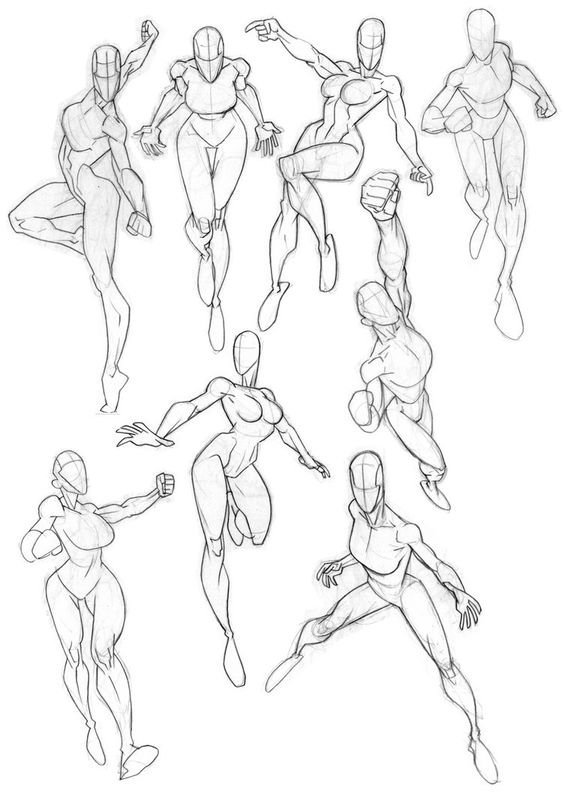

In addition to understanding overall body proportions, it’s also important to pay attention to specific body parts. For example, the arms should be roughly the same length as the legs, and the hands and feet should be proportionate to their respective limbs.
Overall, understanding human body proportions is essential for creating realistic and proportionately correct figures when drawing. By using head lengths as a unit of measurement and paying attention to specific body parts, artists can create figures that are both accurate and visually appealing.
Drawing Individual Body Parts
When it comes to drawing the human body, it’s important to break it down into individual parts to ensure accuracy and proportion. Here are some tips for drawing the most important body parts:
Drawing the Head and Face


The head and face are often the most expressive part of the body, so it’s important to get them right. Start by sketching the basic shape of the head, then add in the features. Pay attention to the placement of the eyes, nose, and mouth, as well as the shape of the ears and hairline. To add depth and volume, shade the face using light and dark tones.
Drawing the Arms
The arms are made up of several joints, including the shoulder, elbow, and wrist. When drawing the arms, pay attention to the placement of these joints and how they affect the overall shape of the arm. The biceps and triceps are also important muscles to consider when drawing the arms. To add depth and volume, shade the arms using light and dark tones.
Drawing the Legs
Like the arms, the legs are made up of several joints, including the hip, knee, and ankle. When drawing the legs, pay attention to the placement of these joints and how they affect the overall shape of the leg. The quadriceps and hamstrings are also important muscles to consider when drawing the legs. To add depth and volume, shade the legs using light and dark tones.
Drawing the Hands
The hands are often considered one of the most difficult body parts to draw. Start by sketching the basic shape of the hand, then add in the fingers and thumb. Pay attention to the placement of the joints and how they affect the overall shape of the hand. To add depth and volume, shade the hand using light and dark tones.
Drawing the Spine and Shoulders
The spine and shoulders are important for overall posture and balance. When drawing the spine, pay attention to the curvature and how it affects the overall shape of the body. The shoulders should be drawn in proportion to the rest of the body and should be positioned correctly to ensure proper posture. To add depth and volume, shade the spine and shoulders using light and dark tones.
Gesture Drawing and Dynamic Poses
Gesture drawing is an essential technique for artists who want to capture the essence of a pose quickly and accurately. It involves using quick, loose strokes to create a rough sketch of the pose, focusing on capturing the overall movement and energy of the figure.

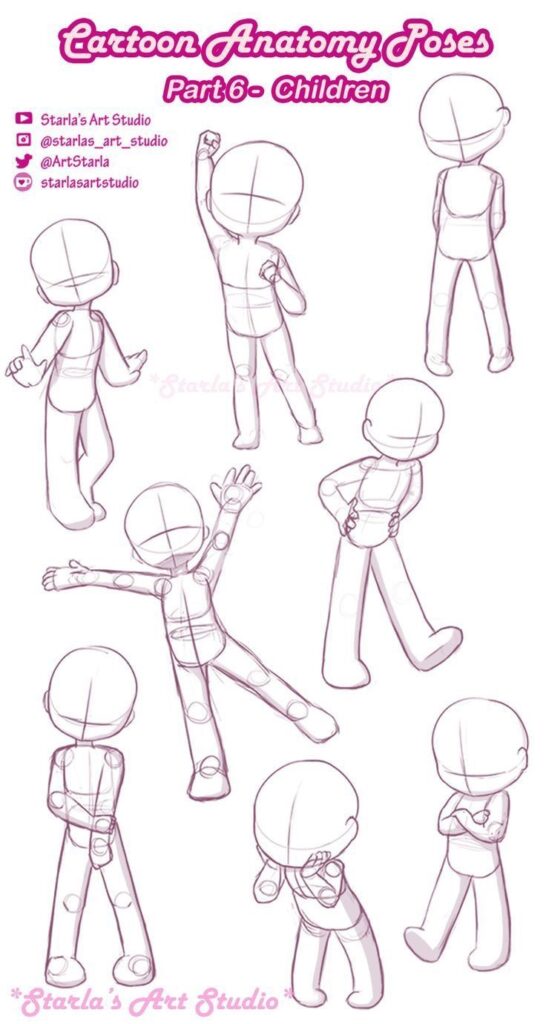
Dynamic poses are those that convey a sense of movement and energy, rather than just a static pose. They can be challenging to draw, but they add a lot of interest and excitement to a drawing. To capture the energy of a dynamic pose, it’s important to focus on the line of action. The line of action is the imaginary line that runs through the figure, indicating the direction of movement and the overall flow of the pose.
When drawing dynamic poses, it’s also important to consider the energy of the figure. For example, if the person is stretching, you might want to emphasize the tension in the muscles and the sense of effort. If the person is leaning against a wall, you might want to focus on the relaxed posture and the sense of weightlessness.


Gesture drawing is especially useful for capturing dynamic poses, as it allows you to quickly sketch out the overall movement and energy of the figure. By focusing on the line of action and the energy of the pose, you can create a drawing that feels alive and full of movement.
In summary, when drawing dynamic poses, it’s important to use gesture drawing techniques to capture the overall movement and energy of the figure. Focus on the line of action and the energy of the pose to create a drawing that feels alive and full of movement.
Anatomy Drawing and Shading Techniques
To draw body poses accurately, it is essential to have a basic understanding of human anatomy. Anatomy drawing involves studying the proportions of each body part and how they relate to each other. The artist must learn to observe and capture the unique characteristics of each individual’s body.

Shading is an important technique that can add depth and dimension to a drawing. It involves creating the illusion of light and shadow on the surface of the body. There are different methods of shading, such as hatching, cross-hatching, and stippling. Hatching is a shading technique that uses closely spaced parallel lines to create the illusion of value.
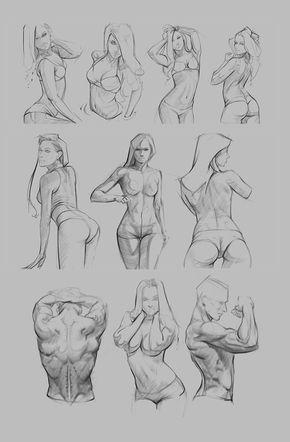
To start, the artist should begin by drawing the basic structure of the body, including the head, torso, arms, and legs. They should then add the details of each body part, such as the muscles, bones, and joints. It is important to pay attention to the proportions of each body part and how they relate to each other.

Once the basic structure of the body is complete, the artist can begin shading. They should start by identifying the light source and creating the areas of light and shadow accordingly. Hatching can be used to create the illusion of value and depth. The artist should use lighter lines to create areas of light and darker lines to create areas of shadow.


In conclusion, anatomy drawing and shading techniques are essential skills for drawing body poses accurately. By studying the proportions of each body part and using shading techniques to create the illusion of light and shadow, an artist can create a realistic and dynamic drawing.
Using References and Resources
When it comes to drawing body poses, using references and resources can be incredibly helpful. Whether you’re a beginner or an experienced artist, references can help you improve your skills and create more realistic and dynamic poses. Here are some tips for using references and resources effectively:
Find Pose References
There are many resources available online for finding pose references. Websites like Pinterest and Unsplash offer a wide variety of reference images that you can use for your drawings. You can also find videos on YouTube that show people in different poses, which can be helpful for understanding how the body moves.
Use Reference Images
When you’re drawing body poses, it’s important to have a clear idea of what you want to create. Using reference images can help you achieve this by giving you a visual guide to work from. You can use these images to study the proportions of the body, the way the muscles move, and the overall shape of the pose.
Study Motion
Understanding how the body moves is essential for creating dynamic and realistic poses. Observing people in motion can help you understand how different parts of the body work together to create movement. You can also find resources online that explain the mechanics of different movements, such as walking, running, and jumping.
Experiment with Different Resources
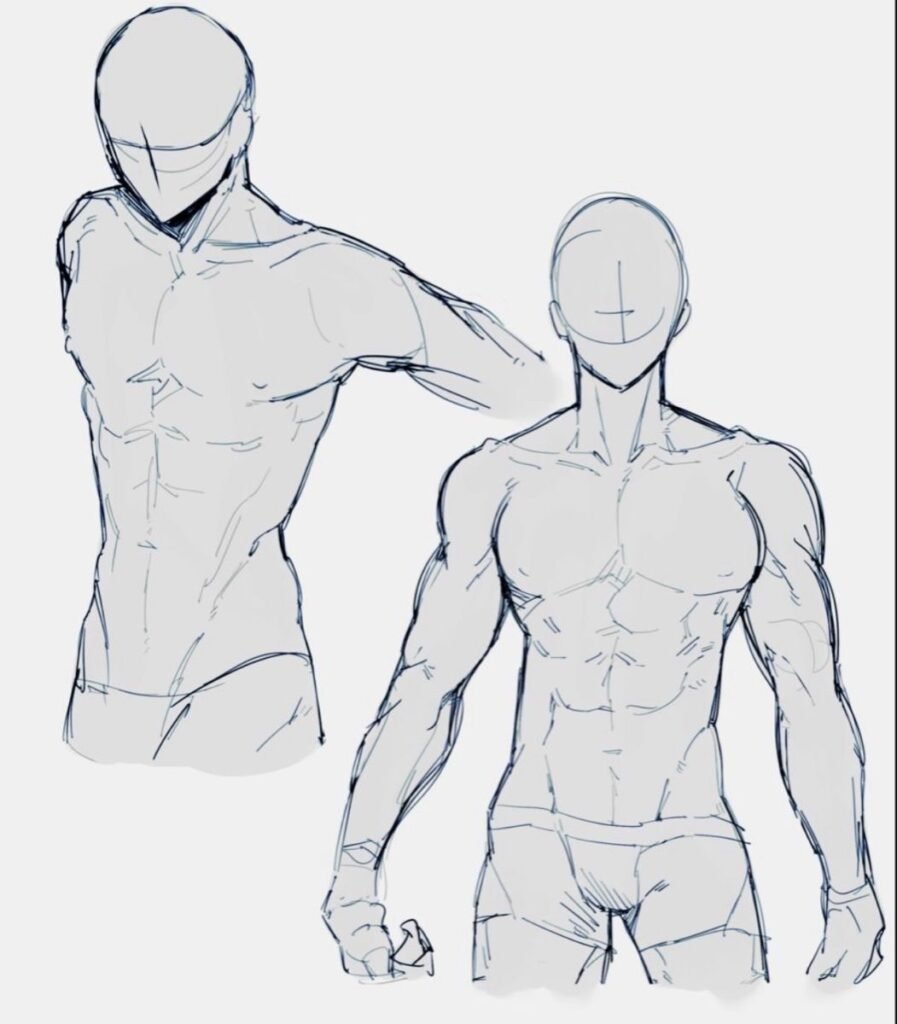

There are many different resources available for artists, and it’s important to find the ones that work best for you. Some artists prefer to work from photos, while others prefer to use videos or live models. Experiment with different resources to find the ones that help you create the best drawings.
Invest in Quality Tools
Investing in quality tools can make a big difference in the quality of your drawings. A good set of pencils, such as the Arteza Professional Pencil Drawing Set, can help you create more precise lines and shading. You can also invest in other tools, such as a lightbox or a tablet, to make your drawing process more efficient.
By using references and resources effectively, you can improve your skills and create more dynamic and realistic body poses.
Practicing Different Body Types and Poses
When it comes to drawing bodies, it is important to understand the different body types and poses that exist. This knowledge will help you create more realistic and accurate drawings. In this section, we will cover how to draw male and female bodies, sitting poses, and curvy bodies.
Drawing Male and Female Bodies
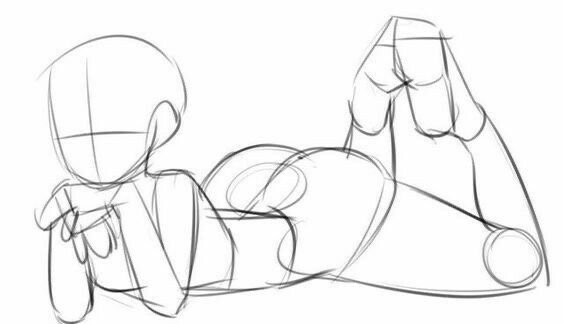
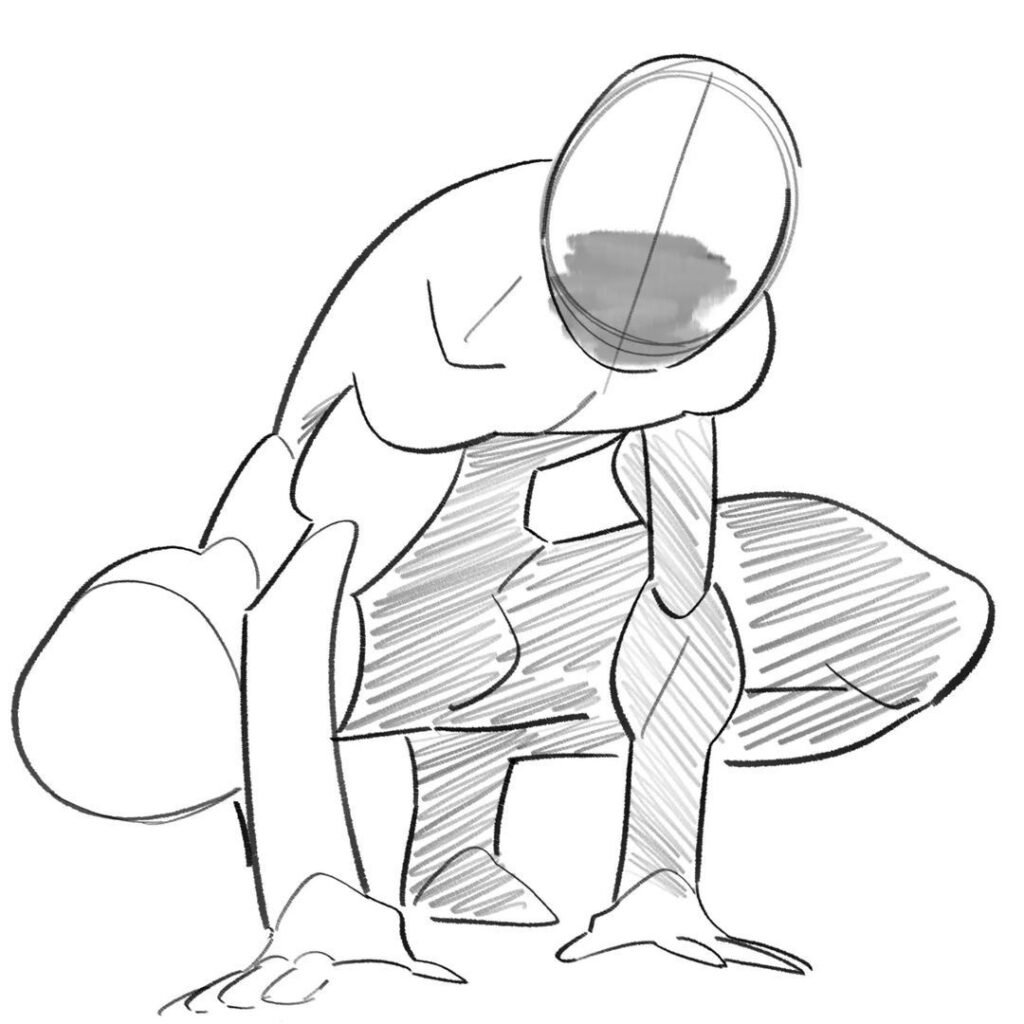
When drawing male and female bodies, it is important to understand the differences in their proportions. Generally, males have broader shoulders and narrower hips, while females have wider hips and narrower shoulders. To draw a male body, start by drawing a simplified skeleton using oval shapes and geometric forms. Then, add muscle and flesh to create a more realistic figure. For female bodies, you can use the same approach, but with more emphasis on the curves of the body.
Drawing Sitting Poses
Sitting poses can be challenging to draw, but with practice, you can master them. Start by observing people in different sitting positions and taking note of the angles and proportions of their bodies. You can also attend a life drawing class to practice drawing people in various poses. When drawing sitting poses, it is important to pay attention to the placement of the feet and hands, as well as the curvature of the spine.
Drawing Curvy Bodies
Drawing curvy bodies requires an understanding of the body’s silhouette. Start by drawing the oval shape of the body and then adding curves to create a realistic figure. When drawing curvy bodies, it is important to pay attention to the placement of the curves and the proportions of the body. You can also use guides to help you create a more accurate drawing.

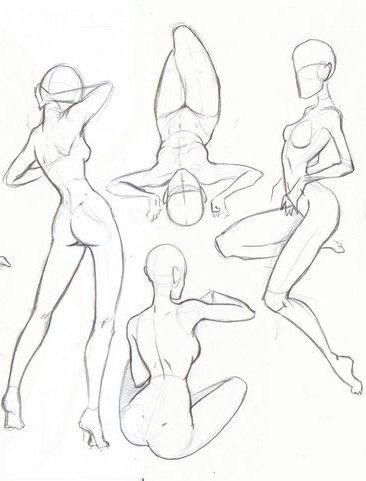
In conclusion, drawing different body types and poses requires practice and patience. By using the techniques outlined in this section, you can improve your skills and create more realistic and accurate drawings. Remember to pay attention to body proportions, figures, ovals, guides, geometric forms, simplified skeleton, oval shapes, silhouettes, and observe people to create the best possible drawings.
Step-by-Step Tutorials
Learning to draw body poses can be intimidating, but with proper guidance and practice, it can become a fun and rewarding experience. Step-by-step tutorials are a great way to break down the process and make it more manageable.
One important aspect of creating step-by-step tutorials is to ensure that each step is clear and concise. This can be achieved by using diagrams, arrows, and labels to highlight specific areas of the body. It is also important to provide written instructions that are easy to follow and understand.
Another useful tool for creating step-by-step tutorials is video demonstrations. Watching an artist draw a pose in real-time can be a helpful way to see how the various parts of the body come together. It also allows the viewer to pause and rewind as needed to review specific steps.


When creating step-by-step tutorials, it is important to start with the basics and gradually build upon them. This approach allows the artist to develop their skills and gain confidence as they progress. It is also helpful to focus on one aspect of the body at a time, such as the torso or legs, before moving on to more complex poses.
In conclusion, step-by-step tutorials are an effective way to learn how to draw body poses. By breaking down the process into manageable steps and using clear instructions and visuals, artists can improve their skills and create more dynamic and expressive drawings.
Frequently Asked Questions
What are some tips for drawing body poses step by step?
When drawing body poses, it is important to keep in mind the proportions of the body. Start with basic shapes and then gradually add details. Always use reference images to help with accuracy. Practice drawing from different angles and perspectives to improve your skills.
How can beginners learn to draw body poses step by step?
Beginners can start by practicing basic shapes and proportions of the body. Use reference images and practice drawing from different angles. It is also helpful to take a life drawing class or watch online tutorials to learn different techniques.
What are some easy body poses to start with when drawing?
Some easy body poses to start with include standing poses, sitting poses, and simple action poses like walking or reaching. These poses are easy to draw and can be used as a foundation for more complex poses.
What is the process for drawing body bases?
The process for drawing body bases involves starting with basic shapes and then gradually adding details. Begin with the head and work your way down the body, adding the torso, arms, and legs. Use reference images and practice drawing from different angles to improve your skills.
How can you draw female body poses step by step?
Drawing female body poses follows the same process as drawing male body poses. However, it is important to keep in mind the differences in proportions and curves of the female body. Use reference images and practice drawing from different angles to improve your skills.
What are some beginner-friendly techniques for drawing figures?
Some beginner-friendly techniques for drawing figures include using basic shapes to create a body base, using reference images for accuracy, and practicing different angles and perspectives. It is also helpful to practice drawing from life and taking a life drawing class to improve your skills.
- 55.4Kshares
- Facebook0
- Pinterest55.4K
- Twitter0


